Veterinary Examination
Horses competing at the EquestriMalta National Championships will be subject to a veterinary examination on the day of the competition. It is the rider’s responsibility to familiarise themselves with the rules of the veterinary examination and complete the exam before entering the warm up arena.
The MEF requires all those involved in equestrian sport to accept that, at all times, the welfare of the horse must be paramount. Welfare of the horse must never be subordinated to competitive or commercial influences.
It is the rider’s responsibility to ensure that their horses are sound and fit to compete before entering any event. The purpose of the equine examination is to ensure horses are fit to compete.
A qualified equine vet will be present at EquestriMalta National Championships and Equestrian Games competitions to ensure the welfare of all competing horses. The vet will conduct an initial examination of every horse competing and will monitor the warmup arena.
During the examination the vet will look for signs of lameness or illness, at which stage, they will remove the horse from competition.
Only the qualified veterinarian or the judge may remove a horse from competition if they are unfit to compete.
Any rider not complying with the Vet Examination Rules or refusing the vet check, will not be allowed to compete.
Riders whose horses have been removed from competition by the vet, judge or MEF officials, will not be refunded.
Riders are to take note that from September 2023, they will be expected to present identification for their horse along with the certification for annual vaccinations for equine influenza and tetanus.
How it Works
Veterinary inspections will take place in both the outdoor and indoor arena at Montekristo. Riders are responsible to get their horses to the vet inspection in good time. The vet exam will start at 7:30am in the warm up arena. At 8:15am the outdoor will be closed to make room for warm up of the competition. Horses will then be examined in the indoor arena from 8:30am.
It is not necessary for the rider to present the horse themselves. Grooms or assistants can present the horse for vet check.
Handlers are to not to take their horses through the zoo and take the back roads around the estate to the indoor arena.
The vet will be available from 7:30am for inspections. Handlers should allow at least one hour before start times to complete the vet check. It is the rider’s responsibility to allow enough time for the vet check and sufficient warm up before the competition. Start times will not be delayed because the rider has failed to manage their time appropriately.
Horses should be presented without a saddle and in a snaffle or double bridle. No boots, bandages or rugs are allowed. The horse should be well turned out.
The person presenting the horse should be clean and smart, wearing jodphur’s or breeches, long boots and a smart top. Hair should be tied back and tidy.
The horse is to be presented to the vet. The vet will check the horse’s passport and ensure the equine influenza vaccinations are up to date.
The vet will scan the horse’s microchip to ensure the passport matches the horse being presented.
The vet will check for signs of injury and/or disease.
The handler should be on the left-hand side of the horse and walk by the shoulder. They should not be dragging the horse forward. Handlers are permitted to carry a short whip.
The handler should walk 10 paces towards the cone, keeping the cone on the right-hand side of the horse. The horse should then trot on a loose rein the remainder of the way to the cone (30-40m) as per diagram below.
The handler should walk around the cone making sure to keep the cone on the right-hand side of the horse and turn the horse away from their body, as per diagram below.
The handler should then trot back to the vet, again on a loose rein, as per diagram below.
Should the vet be unsure if the horse is sound, they may ask the rider to go again as many times as is necessary for them to reach a conclusion.
The vet will either accept or not accept the horse. In the event that the horse is not accepted, the vet will relay a message to the President of the Ground Jury and the Chief Steward.
Horses will not be accepted if:
· Riders fail to present a valid identification document. Horses will only be given a pass on this rule if they have already contacted the MEF and alerted them to their problems in securing an identification document.
· Microchip number does not match the passport.
· Vaccinations are not up to date.
· The horse presents with signs of illness.
· The horse presents with signs of lameness.
Entries that are not accepted through a vet decision will not be refunded.
The vet’s decision is final and cannot be appealed. Any rider that contests the vet’s decision will be immediately disqualified. Further arguments will result in suspension.
Onsite Vets
The MEF works with two onsite vets that alternate as fits their schedule. These include:
Katherine Pace Moore
Steve Farrugia
The MEF reserves the right to bring on any other qualified equine vet without notice.
MEF onsite vet: Dr Katherine Pace Moore (right)


